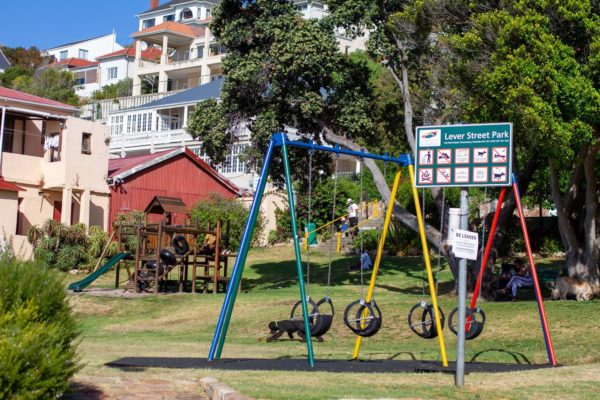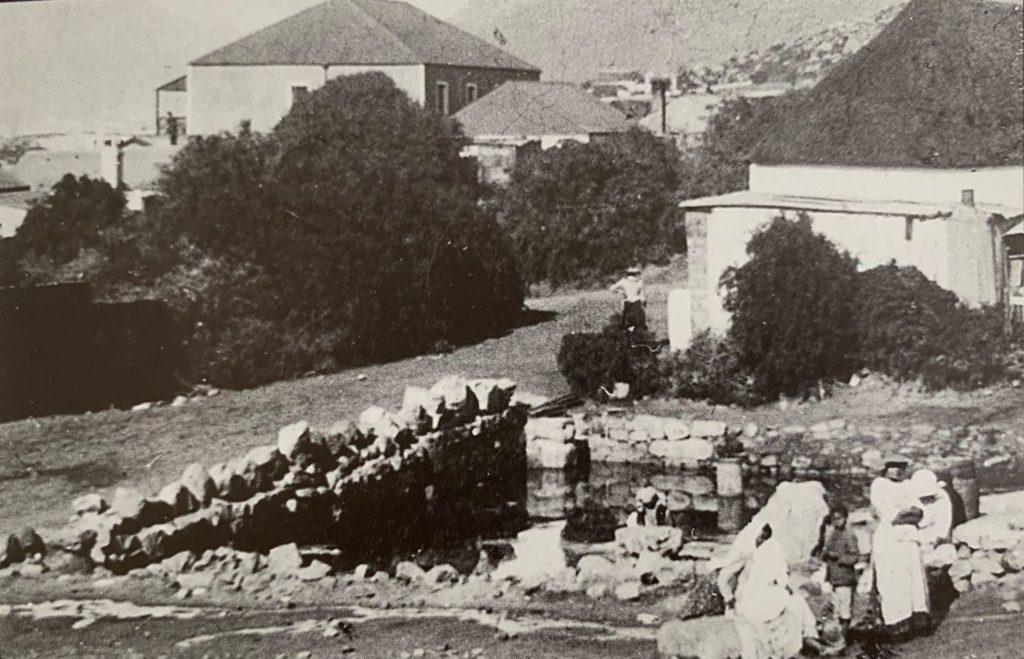We may be living through a global pandemic, but we are incredibly fortunate that advances in technology, science, and general life have made the experience easier for us than our predecessors.
Between 1900 and 1904, the bubonic plague, a bacterial infection transmitted by fleas, was a major threat to various South African cities. Three cases of bubonic plague were reported in Cape Town, the first of which emerged on February 1, 1901. It spread across the city and to other towns like Port Elizabeth.
In 1901, the government even built a Disinfector building in Port Elizabeth, comprising of a boiler and three disinfecting chambers or containers.
In Kalk Bay, disease and unhygienic conditions were a massive problem. With the threat of bubonic plague looming, a wash house was built in Lever Street, Kalk Bay in 1901 to increase public hygiene. It featured 42 wash tubs under a roof, with a channel to carry away the used water.
Over the years, it was improved to include floorboards, more land was purchased for a drying area and grey water was used and drained into the sea. The area was fenced off and a caretaker was hired to oversee the facility. Those who wanted to make use of the wash house paid a penny when it first opened, which escalated to three pence a tub by 1920.
In the 1950s, the wash house was closed and demolished as, by this time, people began washing their clothing and linens at home.
Today, the area where the wash house stood is a community park with a playground for children. Next time you’re kids are swinging away in the Lever Street Park, take a moment to reflect on how far the area has come thanks to advances in science and technology.


